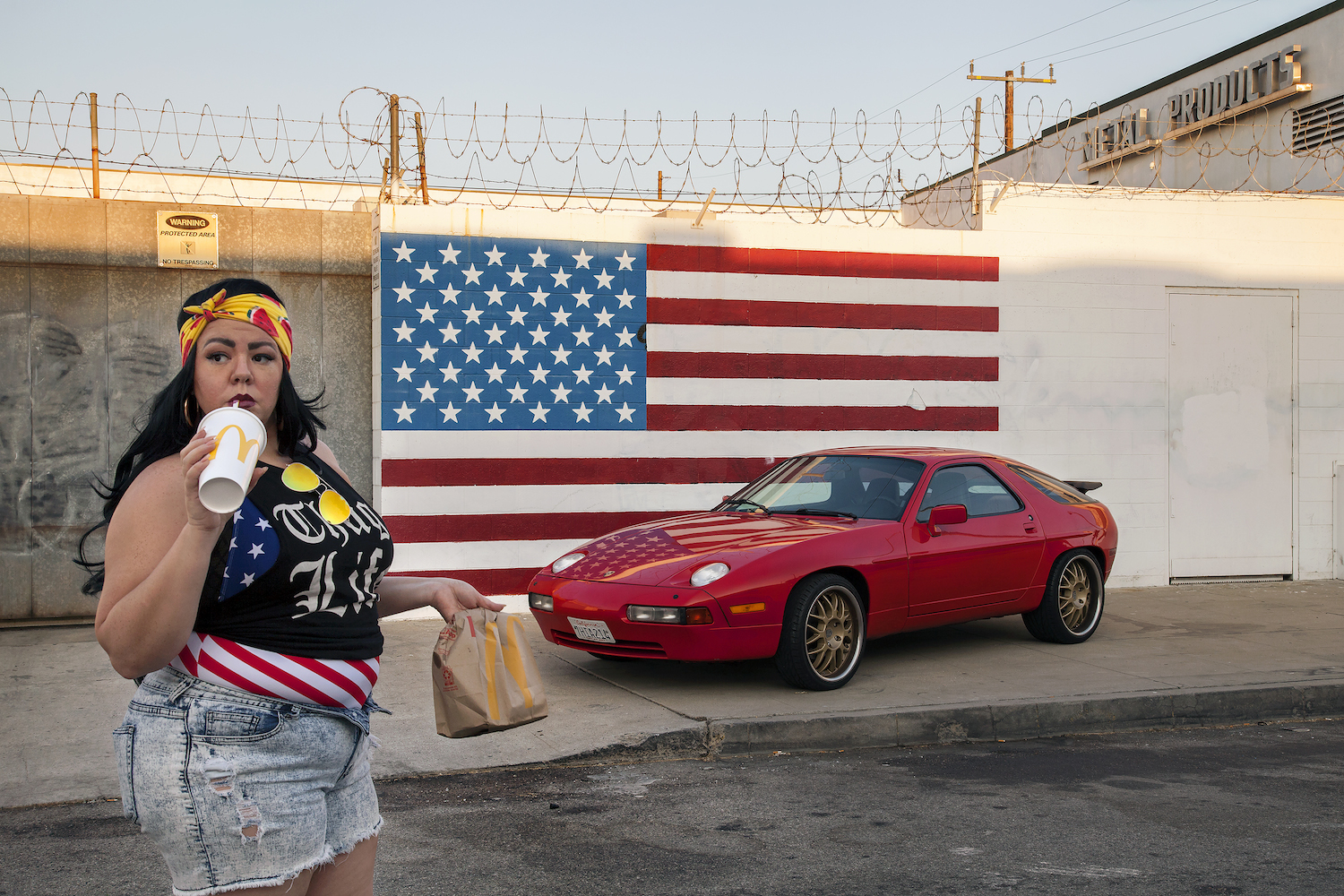Black + White = Not White: A minority bias in categorizations of Black-White multiracialsPosted in Articles, Identity Development/Psychology, Media Archive, Social Science, United States on 2018-06-15 16:05Z by Steven |
Black + White = Not White: A minority bias in categorizations of Black-White multiracials
Journal of Experimental Social Psychology
Volume 78, September 2018
pages 43-54
DOI: 10.1016/j.jesp.2018.05.002
Jacqueline M. Chen, Assistant Professor of Social Psychology
University of Utah
Kristin Pauker, Associate Professor of Psychology
University of Hawaii
Sarah E. Gaither, Assistant Professor of Psychology
Samuel Dubois Cook Center on Social Equity
Duke University, Durham, North Carolina
David L. Hamilton, Research Professor, Professor Emeritus
Department of Psychological and Brain Sciences
University of California, Santa Barbara
Jeffrey W. Sherman, Professor of Psychology
Department of Psychology
University of California, Davis
Highlights
- We examined the categorization of Black-White multiracial faces using novel methods.
- Multiracials were implicitly categorized separately from Black and White targets.
- Multiracials were explicitly categorized into many non-White racial groups.
- “Non-White” categorizations of multiracials occurred very quickly.
The present research sought to provide new insights on the principles guiding the categorization of Black-White multiracial faces at a first encounter. Previous studies have typically measured categorization of multiracial faces using close-ended tasks that constrain available categorizations. Those studies find evidence that perceivers tend to categorize multiracials as Black more often than as White. Two studies used less constrained, implicit (Experiment 1) and explicit categorization (Experiment 2) tasks and found that multiracial faces were most frequently categorized into racial minority groups but not necessarily as Black. These studies suggested a minority bias in multiracial categorizations, whereby multiracials are more frequently categorized as non-White than as White. Experiment 3 provided additional support for the minority bias, showing that participants categorized multiracials as “Not White” more often than as any other category. Participants were also faster to exclude multiracial faces from the White category than from any other racial category. Together, these findings are the first to document the minority bias as a guiding principle in multiracial categorization.
Outline
- Highlights
- Abstract
- Keywords
- 1. Experiment 1: Implicit Categorization of Multiracials
- 2. Method
- 3. Results
- 4. Discussion
- 5. Experiment 2: Free Sorting of Faces by Race
- 6. Method
- 7. Results
- 9. Interim Summary
- 8. Discussion
- 10. Experiment 3: Time Course of the Minority Bias
- 11. Method
- 12. Results
- 13. Discussion
- 14. General Discussion
- Open practices
- Appendix A. Supplementary data
- References
Read or purchase the article here.







